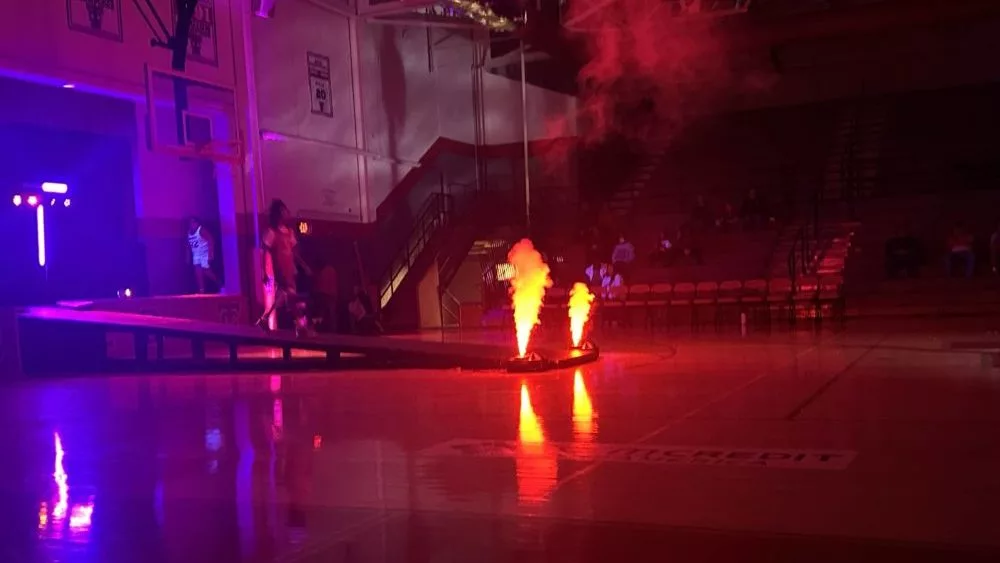Kelly Jackson
Christian County Extension Office
Winter Equipment Maintenance
When you have finished with your lawn mower, grass blower, string trimmer and tiller this season, don’t just throw a plastic bag or old bucket over the engine and let it ride out the winter. Follow these few winterizing steps to get the longest life and best service out of equipment powered by small engines.
1. First, change the oil. As a four-cycle, gasoline-powered engine runs, the oil not only lubricates the moving parts, but it also cleans the internal surface of the engine cylinder and pistons. The oil collects acid, water, metal particles and other foreign materials that form sludge in the engine. If oil with the contaminants is allowed to stay in the engine over the winter, deterioration of internal engine parts and seals can occur.
2. Check the air filter. The end of the season is a good time to change or clean the air filter. The air filter has to clean abrasive dirt and dust from about 10,000 gallons of air for every gallon of fuel used by the engine. A dirty air filter restricts air flow.
3. Fuel is another area of concern for both four- and two-cycle engines. There are two approaches to dealing with the gasoline left in your fuel tank at the end of the season. One approach is to drain the fuel out of the gas tank and run the engine to get fuel out of the fuel lines and carburetor. The other option is to put gas stabilizer into the gas tank. Gas stabilizer will keep the gas ‘fresh’ for up to two years if you add it right after purchase. Run the engine a couple of minutes to be sure that the ‘freshened gas’ gets into the carburetor.
4. Sharpen the blade and lubricate wheel bearings and throttle cables. Also, check any belts or hoses for wear and replace if necessary. Clean the outside of the engine and deck area if oil and grass have accumulated on them. Debris reduces the cooling efficiency of an air-cooled engine. In addition, caked grass can trap moisture and cause rusting. You can use a pressure washer on most equipment but don’t spray directly around any seals or gaskets.
5. Finally, store your small engines inside. If you must store them outside, cover them loosely with a waterproof cover so that air can circulate underneath. Be sure to properly anchor the cover. Equipment lasts longer if stored under a roof.
If you will be using your small engine during the winter, use a ‘winter’ oil. This is indicated on the oil container, with a ‘W’ included in the viscosity label, such as 10W30. If your small engine requires additional service or if you want your blade sharpened by a professional, take it in now. Repair shops will be able to give quicker service than next spring when the shop is full and your grass is waist high.
This is also a great time to give a little TLC to your non-powered equipment. Garden hoses should be drained and stored in a dry location. Use a hose support or a reel instead of a nail to keep kinks and possible breaks from occurring in the hose. Metal surfaces of shovels, rakes, hoes, pruners and saws should be cleaned from dirt and debris using a wire brush or scraper. Sharpen hoes, shovels, and pruners and repair any broken handles or parts. Finally spray all bare metal parts with penetrating oil like WD-40. Wooden handles should be wiped with boiled linseed oil to help prevent cracking and drying. Wheelbarrows and wagons may need touch-up paint on exposed metal surfaces to prevent rusting. Grease their wheels to prevent squeaking.
Although the lawn work may be done, remember you can save time and money next spring by completing a few maintenance tasks this winter.






